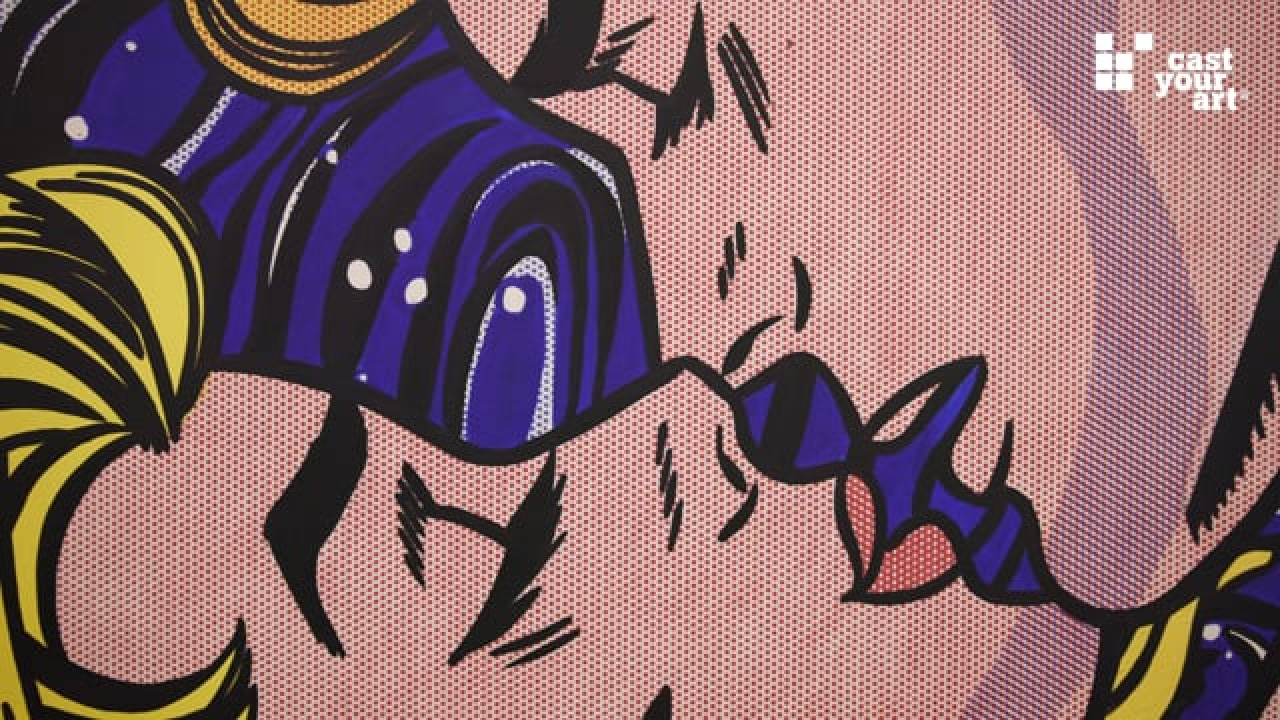Edgar Lissel - On the rise and fall of images
The artist is occupied not only with the creation of images, but also their demise. With a view on that which lies between, how can one capture and demonstrate this? The medium, not the object, is the focus of Edgar Lissel’s artistic challenge. His work experiments with unconventional mediums, investigating the process of producing images.
Life comes into being and then passes away. What lies between expresses a need to be captured by the imagemaking process. People, in principle, are occupied with images, according to Lissel. The creation of images provides the possibility of visualizing oneself. Whoever leaves behind an image of oneself chronicles his/her existence, reflecting him/herself in this gesture.
This artistic engagement with visual self-verification led Edgar Lissel to camera obscura photography. Used as a tracing instrument in the eighteenth century, the pinhole camera has been considered the most direct way to gradually depart from outer reality on a photo-sensitive background. Light and time have remained key terms in the work of the artist who, through his camera obscura work, puts the authenticity of pictures under closer examination.
In a world in which complicated means and time-saving procedures have the reputation of producing that which is artificial, unnatural, and false, the slowness and immediacy of image development in “primitive" obscura photography seems to authentically capture that which is allowed to develop and pass away in life.
Museum display cases, vans, and entire flats are converted by pinhole cameras. But the image development that Lissel organizes not only documents exterior life. The space in which the image of the outside world develops enters the picture. Outlines of articles remaining in the flats burn themselves gradually as photograms on the photo-sensitive material, which record and reflect the development space and process of the image.
Lissel poses the question of how this process of formation allows the development process to lend itself to a kind of existential personal testimony of life. His photographic procedure transforms itself into a biographical one. From that point on, it is bacteria which forms these temporary pictures and duplicates them.
Lissel works with scientists on these bacterial images in order to understand the bacterial transformation process and to be able to manage them and make them artistically functional. Cyanobacteria, that is, the original bacteria that was already in existence three and a half million years ago and were responsible for the first deoxygenation in the primordial world soup, becomes a medium, in the same way tubes of paint and mixing pallets are for other artists.
In the series, "Selbstzeugnisse" (“personal testimonies”), Lissel first projects microscopic photographs of himself onto the bacteria, which begin to regenerate their own images due to their light sensitivity. Cultivated in petri dishes, they position themselves in the light-sensitive spots and shy away from the shadows. The light images which are formed are photographed, afterwards, the light sources are withdrawn and the bacteria formations disintegrate. In the work cycles, "Selbstzeugnisse", "Vanitas", "Der Weg zum Licht” (“The Path to the Light”), “Domus Aurea", and "Myself", the creation, transience, and existence of life are directly brought up for discussion several times. A disintegrating building relic from the past, a dead fish, a rotting apple, a withering leaf. Copied and reproduced from bacteria, which are the starting points for both the development and the impermanence of this world.
In the meantime, the newest work cycles in the imagemaking art of Edgar Lissel are called “Pluoreszenz” and “Sphaera Incognita”, respectively, and will record that which exists. (wh)
Das könnte Sie auch interessieren

WIEN MUSEUM NEU
30. October 2018
MANFRED WILLMANN. Die Welt ist schön
25. February 2019
Siegfried Anzinger – a vortex of emotions
17. February 2014
ROY LICHTENSTEIN. A Centennial Exhibition
27. March 2024
Elisabeth von Samsonow - Transplants
14. June 2016
THE ALBERTINA VOLUMES OF HISTORICAL PRINTS. A film from the series "Museum in a Nutshell"
21. November 2022
DIE DAMEN - Irony as a ressource
12. September 2013
